#antique rome
Explore tagged Tumblr posts
Text
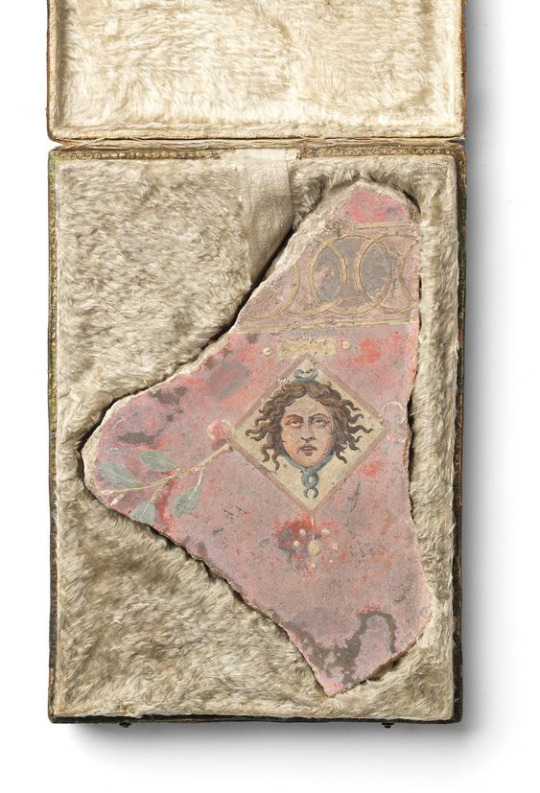
A Roman polychrome wall painting fragment Circa 1st Century A.D. Preserving a medallion decorated with a Gorgon mask encircled by confronting snakes with intertwined tails, a border of overlapping circles above.
51 notes
·
View notes
Text

ig @ rivieiraa
#inspiration#Roma#Bulgari#bvlgari#high jewelry#Jewelry#horological#Watch#antique#vintage jewelry#vintage#diamonds#antique rome
0 notes
Text

The Triumph of Light over Darkness by Franz von Matsch
#franz von matsch#art#light#darkness#supernatural#pagan#paganism#religious art#religion#gods#goddess#goddesses#torch#horse#wings#europe#european#classical antiquity#ancient greek#greek mythology#roman mythology#ancient rome#classical#classicism#sun#clouds#mythical creatures#winged horse#day#night
2K notes
·
View notes
Text

Ornate Roman pugio uncovered in 2019 near Haltern am See in what is now Germany. 1st-2nd century AD
2K notes
·
View notes
Text

Memento Mori mosaic from Pompei, circa 1st century AD
#momento mori#pompeii#pompei#artwork#art#fine art#mosaic#ancient rome#ancient art#antiquities#antiquity#skeleton art#skull#ancient history#halloween#ancient italy#art on tumblr#art of the day#archeology#skeleton
1K notes
·
View notes
Text



Ancient Roman sarcophagus depicting the myth of Selene and Endymion, 3rd Century CE.
Galleria Doria Pamphilj, Rome
Feb. 2024
#sarcophogus#ancient rome#ancient sculpture#ancient art#rome#roma#tomb#original photography#photography#taphophile#taphophilia#lensblr#photographers on tumblr#ancient roman#relief#museum#artifact#archaeology#ancient history#antiquity#wanderingjana
745 notes
·
View notes
Text






Some examples of Roman and Hellenistic glass bowls created by a technique called mosaic glass, which gives them beautiful colorful patterns.
#ancient rome#ancient greece#antiquity#glassware#ancient glassware#mosaic glass#antiquity in color#ancient art#i can just imagine buying some of these today#especially the 2nd one
1K notes
·
View notes
Text
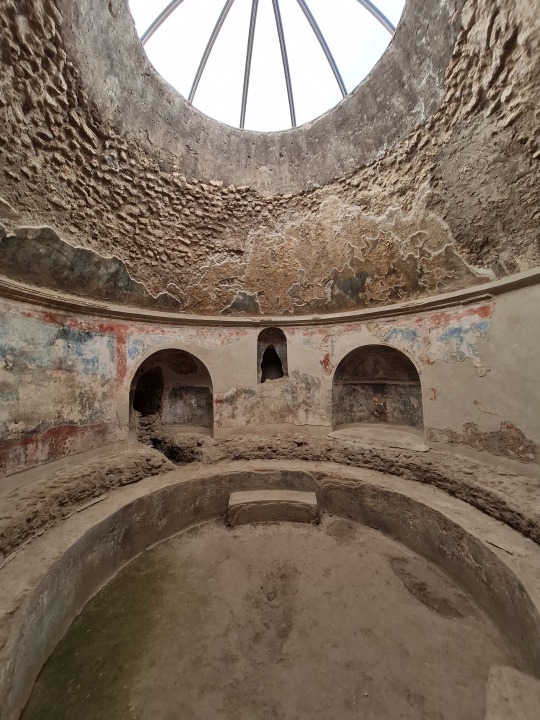


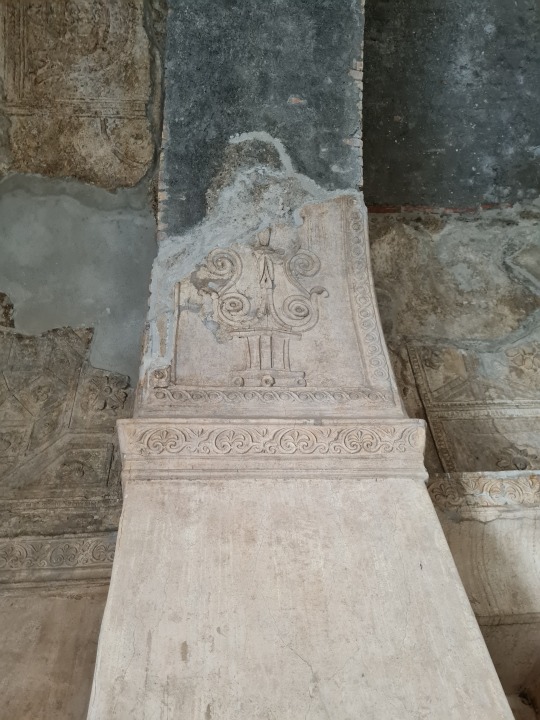
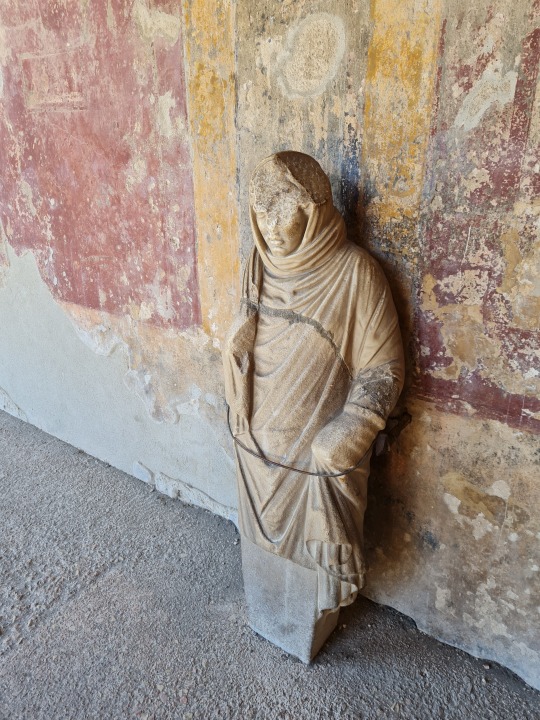
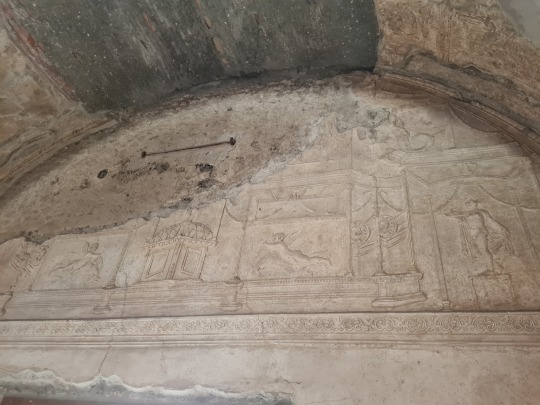
The Stabian Baths in the ancient city of Pompeii
The thermae were constructed around 125 BC. Hundred years later, the baths were connected to Pompeii's aquaduct. They were damaged in the earthquake of 62 AD.
#pompeii#antiquity#ancient history#ancient rome#travel#architecture#culture#art#art history#history#travel photography#places to visit#wanderlust#ancientmonuments#italy#italia#thermae romae#thermal baths#baths#photography#photographers on tumblr#ruins#ancient ruins#ancient art#archaeology#artifacts#1k
1K notes
·
View notes
Text
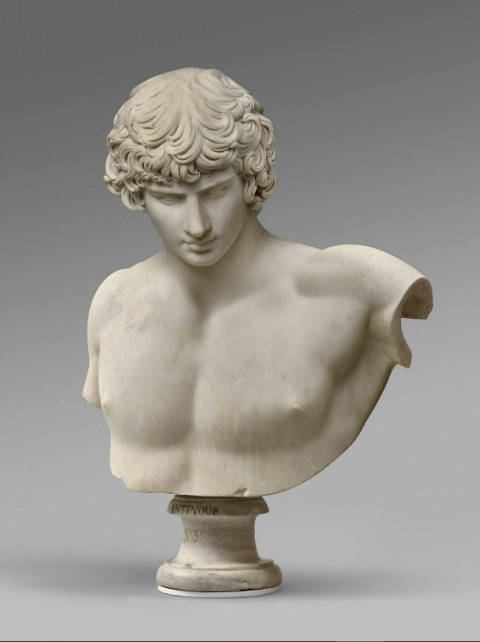
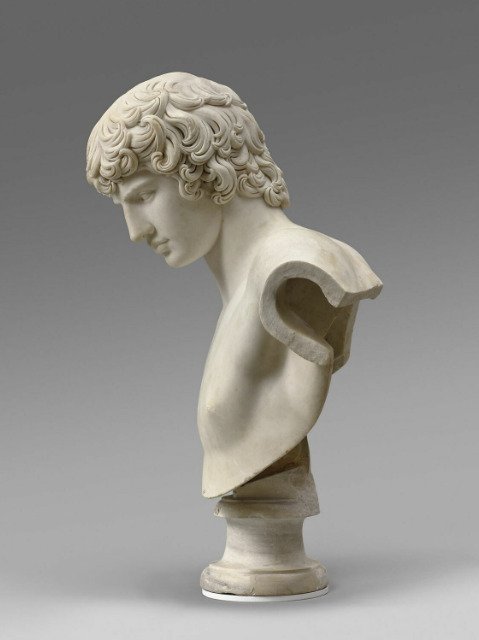
Antinous, XVIII century
#louvre museum#antinous#art history#art#aesthethic#xviii century#ancient rome#roman empire#emperor hadrian#hadrian#marble#bust#statue#homoerotic art#gay history#antiquity
738 notes
·
View notes
Text

Roman gold snake ring, 1st century AD
#1st century ad#snake ring#snake jewelry#gold jewelry#gold rings#antique jewelry#ancient jewelry#ancient civilizations#ancient cultures#ancient art#ancient history#ancient#gold#snake#artifact#antiquities#antique#toya's tales#style#toyastales#toyas tales#fashion#art#november#fall#animal jewelry#reptile#ancient rome#roman#rome
257 notes
·
View notes
Text
2,000-Year-Old Fayum Portraits from Roman Egypt: also known as "mummy portraits," these funerary paintings were often fastened to the coffins of the people they depicted

Above: Fayum portrait of a woman from Roman-occupied Egypt, c.100-110 CE
Fayum portraiture was a popular funerary practice among the upper-class families of Roman Egypt from about 50 CE to 250 CE. Given the high mortality rates for children during this period, many of these portraits depict children and youths, but adults were often featured, too.
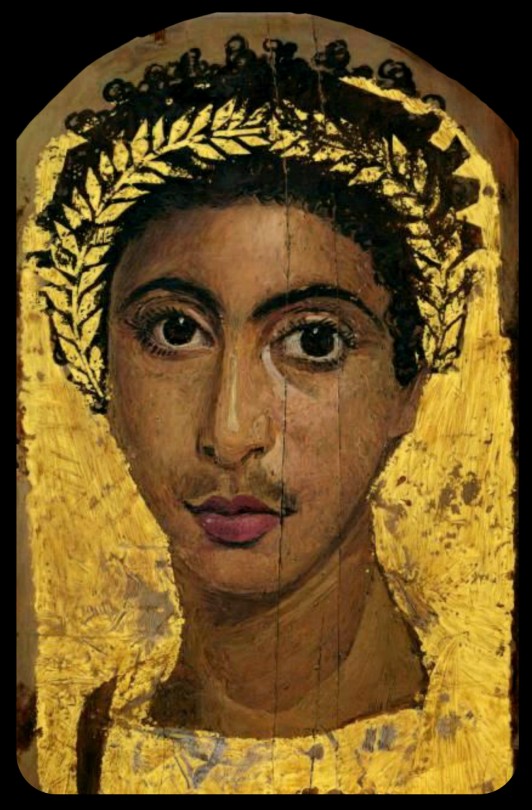
Above: portrait of a youth wearing a golden wreath, c.130-150 CE; the wreath and the background of the portrait are both gilded
The population of the Faiyum Delta, where most of these portraits were found, largely contained individuals with both native Egyptian/North African and Greek heritage. The Greek lineages can be traced back to the Ptolemaic period, when the Greeks gained control of Egypt and began to establish settlements throughout the region, gradually leading to a cultural diffusion between the Greek and Egyptian populations. The Romans eventually took control of Egypt in 31 CE, absorbing it into the Roman Empire and colonizing much of North Africa, but the demographics of the Faiyum Delta remained largely unchanged.

Above: portrait of a man with a mole on his nose, c.130-150 CE
Many of these Fayum portraits reflect the same blend of ethnic and cultural roots, depicting individuals with both Greek and native Egyptian heritage (a claim that is supported by both archaeological and genetic evidence). Some portraits may also depict native Egyptians who did not have any European ancestry, but had been integrated into Greco-Roman society.

Above: portrait of a bearded man, c.170-180 CE
These representations of native Egyptians provide us with unique insights into the actual demographics of Roman-occupied Egypt (and the ancient world at large). Non-European peoples are rarely included in depictions of the classical world; it's also interesting to see the blend of cultural elements that these portraits represent.
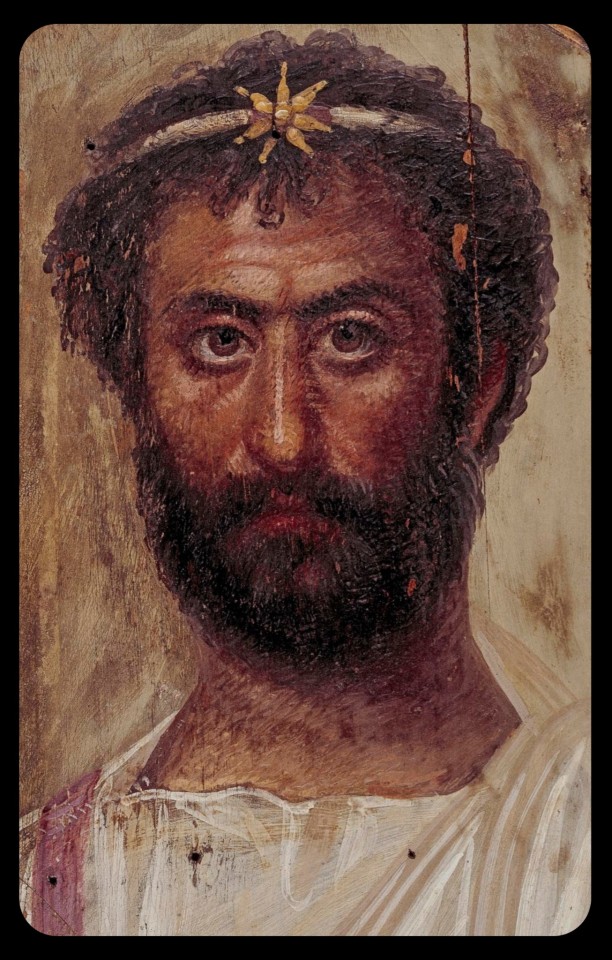
Above: portrait of a priest of Serapis, c.140-160 CE; the man in this portrait is shown wearing a fillet/crown that bears the seven-pointed star of the Greco-Egyptian god, Serapis
As this article explains:
In the 1800s and early 1900s, Western art historians didn’t know what to make of these portraits. Scholars of Roman history labeled them Egyptian. Scholars of Egyptian history labeled them Greco-Roman. These binary academic classifications failed to capture the true complexity of the ancient (or, indeed, modern) Mediterranean. In reality, Fayum portraits are a syncretic form, merging Egyptian and Greco-Roman art and funerary practices. They reflect the cosmopolitanism of both Roman and Egyptian history.

Above: portrait of a man, c.80-100 CE (left); portrait of a bearded officer, sometimes referred to as "Perseus," c.130-175 CE (right)
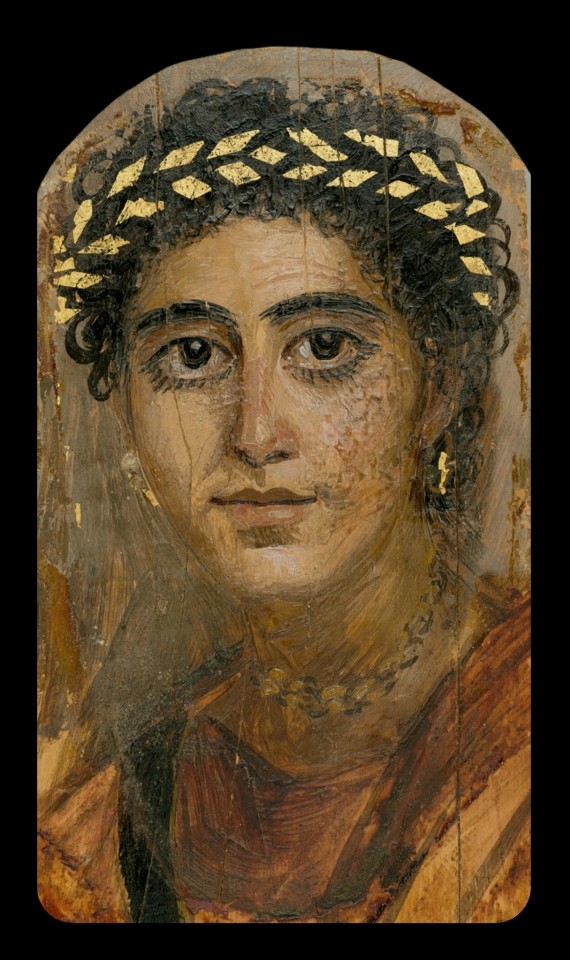
Above: portrait of a young woman in red, c.90-120 CE
Nearly 1,000 of these portraits are currently known to exist.
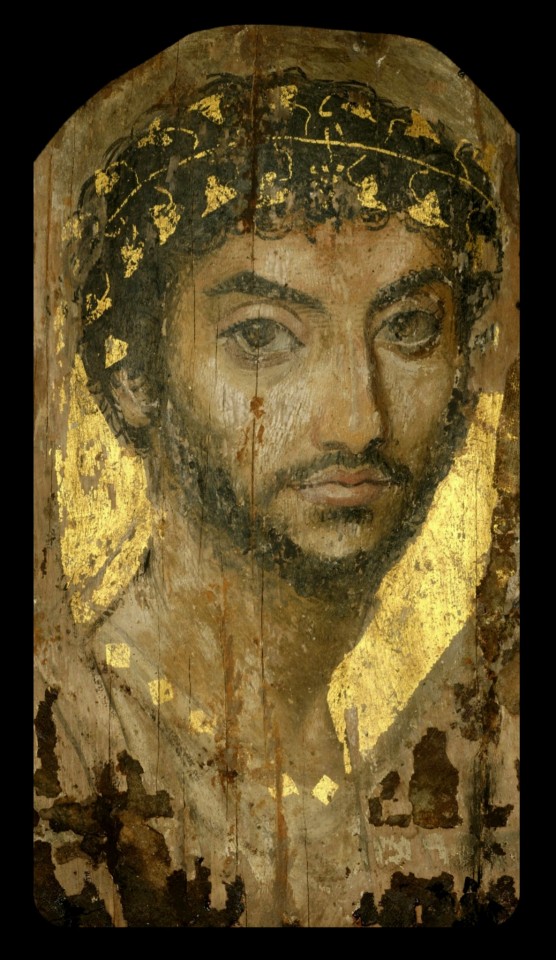
Above: portrait of a man wearing a gilded ivy wreath, c.100-150 CE
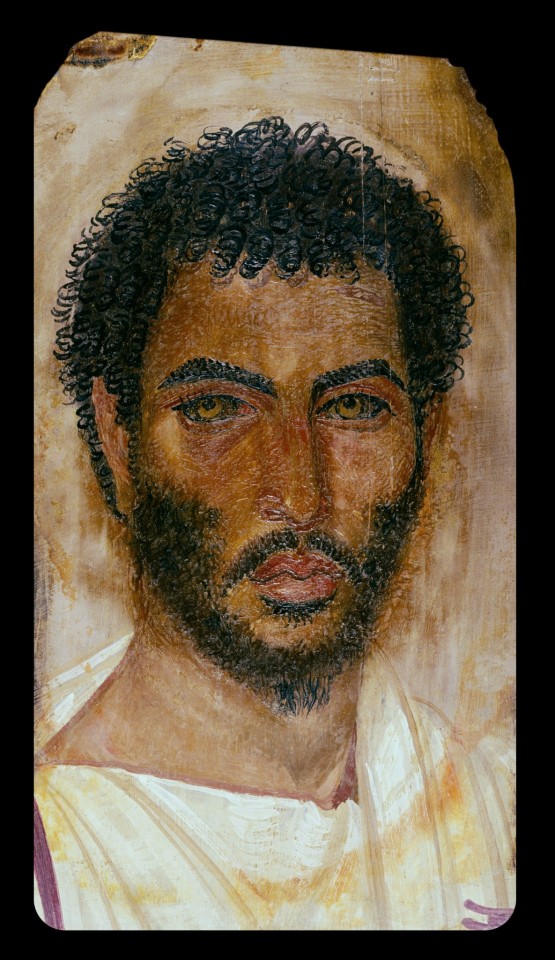
Above: portrait of a bearded man, c.150-170 CE
Sources & More Info:
Curationist: Fayum Portraits
Harvard Art Museums: Giving the Dead their Due: an Exhibition Re-Examines Funerary Portraits from Roman Egypt
Getty Museum: APPEAR Project
Getty Museum: Faces of Roman Egypt
National Geographic: Ancient Egypt's Stunning, Lifelike Mummy Portraits
The Athens Centre: The Myth of Whiteness in Classical Sculpture
Forbes: Whitewashing Ancient Statues: Whiteness, Racism and Color in the Ancient World
#archaeology#artifact#anthropology#history#ancient history#art#fayum portraits#roman egypt#ancient rome#ethnography#painting#portrait#north africa#people of color#egypt#religion#greco roman#greek#classical antiquity#fayum#mummy portraits#romano egyptian#representation
414 notes
·
View notes
Text
739 notes
·
View notes
Text

Solid gold ring with carnelian intaglio scorpion, Roman circa 100 CE.
Scorpion rings were once worn as magical amulets believed to protect the wearer from being poisoned.
1K notes
·
View notes
Text

The Sacred Grove of the Druids, set design from Vincenzo Bellini's Opera ''Norma''
#vincenzo bellini#norma#opera#druids#druid#sacred grove#sacred groves#high priestess#woods#forest#art#gaul#gallic#ancient gaul#gauls#pagan#paganism#europe#european#ritual#rituals#ceremony#tradegy#oroveso#chief#antiquity#religion#roman#ancient rome#villeneuve
2K notes
·
View notes
Text

Bronze votive hand, Roman, 3rd-4th century AD
from The Museum of Art and History, Geneva
2K notes
·
View notes
Text

Pendant in the shape of an acorn, 5th century BC, Etruria.
164 notes
·
View notes